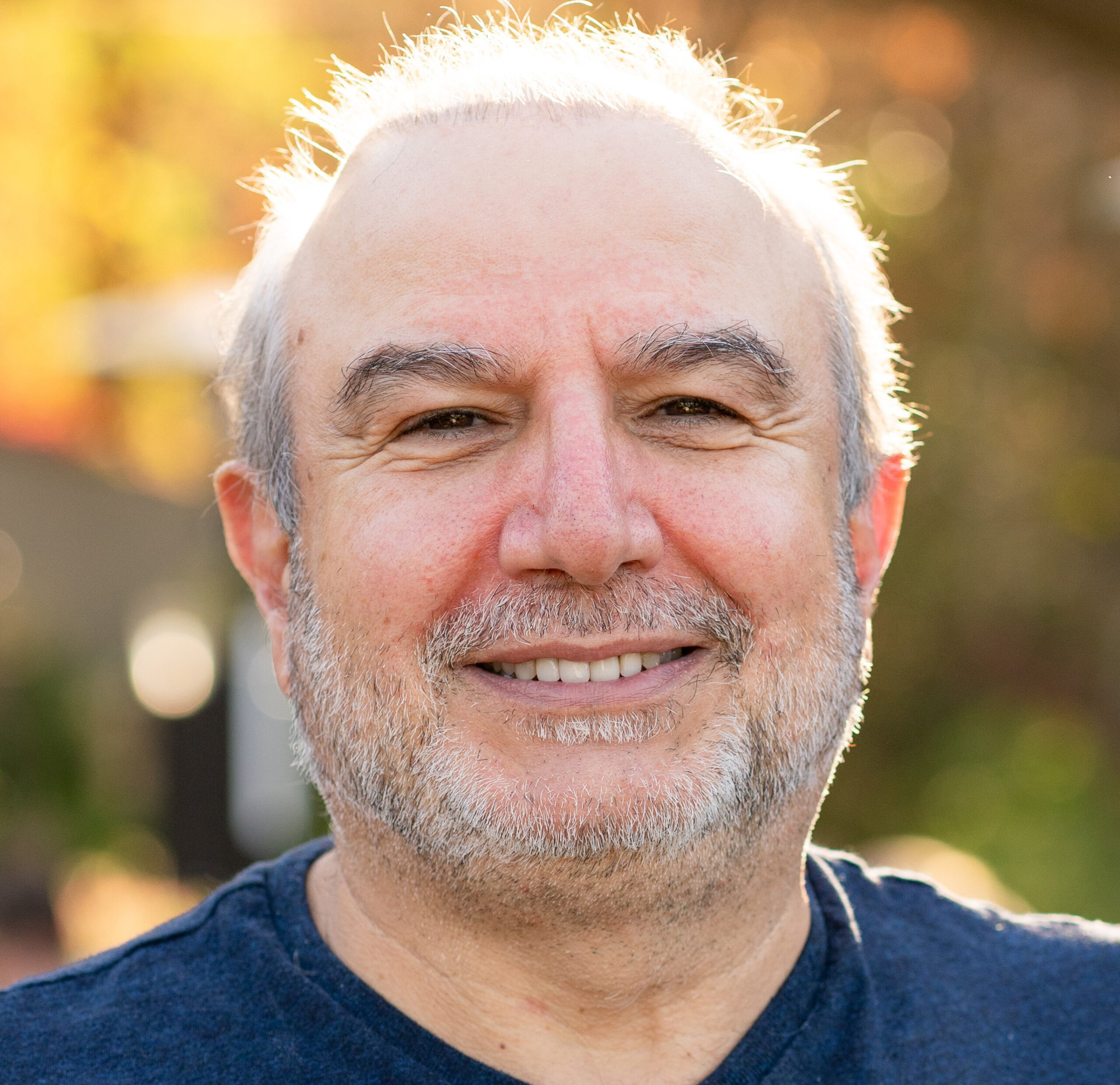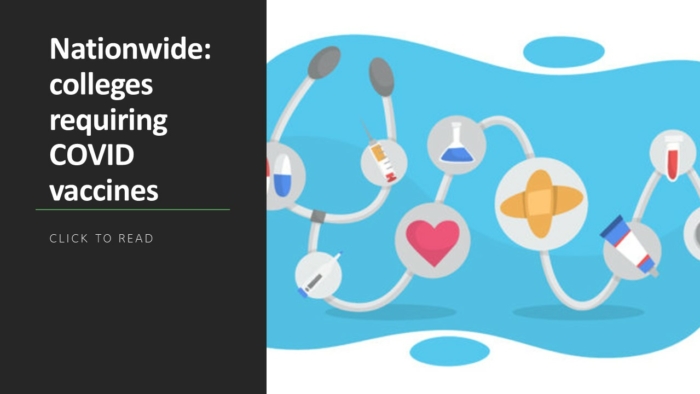Students are back on campus. In-person instruction has resumed at colleges and universities across the country. While this should be celebrated, the pandemic is not yet behind us.

Many schools have reopened without mask mandates or proof of vaccination requirements in a rush to “return to normal.” Often it’s parents, not the students themselves, who insist on a return to in-person instruction.
Caught in the crossfire between administrators, parents and students, many faculty are being forced back into the classroom, unable to change course modality without prior approval from their provost. Faculty members who move a class online or miss a lecture face disciplinary action. These can include warnings, suspensions, reduction in duties or pay, or even dismissal.
To say faculty are frustrated in this environment is an understatement. This strict teaching regime has left many instructors not just worried about exposure to the virus, but in some cases scared of their students. Many coeds remain unmasked. Some campuses have ended their free COVID testing programs, with no requirement for students to report positive test results to their professors.
Most tenured professors are older and more at risk of serious illness. Many have young children at home who can’t yet be vaccinated. Still others are immunocompromised or diabetic and seek ADA accommodations. The not-yet-tenured, adjunct instructors and graduate students have even less leverage.
So professors beg and cajole their students to mask up. Some are protesting. Others have quit outright. The remaining work under pressure. In a recent survey of faculty nationwide, most reported feeling “exhausted” and “anxious” this semester.
It doesn’t have to be this way.
Cloud desktop technology meets the moment
Desktop virtualization technology, or “VDI”, has been around for nearly 20 years. The first-generation of VDI was hard to manage, hard to integrate, hard to change, and rife with performance and reliability issues. What’s more, it required a virtual private network (VPN) and client software to operate, making it impractical for universities to deploy to a constantly changing student user population.
Modern VDI is called Desktop-as-a-Service (DaaS). Leading DaaS solutions are delivered 100% in a web browser from the cloud. It requires no VPN connection and no client software to operate. Cloud desktops are provisioned similar to other cloud services, by subscription and subject to ever-changing usage requirements.
Even on the most COVID cautious campuses, the specter of widespread outbreaks this winter looms large. Many colleges and universities may see their current posture backsliding thanks to the unmasked or unvaccinated gathering at football games and off-campus parties.
Should this occur, DaaS solutions can be deployed in a matter of days to support fully virtual instruction or hybrid course modalities. Desktops can be customized student by student with necessary applications and data sources. Faculty benefit from full integration with popular Learning Management Systems. Whatever the winter may bring, DaaS offers flexibility and is adaptable to changing enrollments and course levels.
DaaS delivers faculty not only assurance of course continuity in the face of the unknown, but a complete “virtual classroom” solution.
A virtual classroom in the cloud
When it comes to virtual instruction, Zoom is a poor substitute for the classroom. Thankfully, there is technology available today that supports collaborative, experiential learning styles.
Delivery of a “virtual classroom” or “virtual lab” experience offers key features specifically to support faculty. Cloud desktop solutions offer instructors the ability to remotely monitor student progress in real time. For example, some may be wary to come into close contact with unmasked or unvaccinated students. Instructors can view all of their students’ active desktops at once, offering guidance when necessary. Students can raise their virtual hand if they need help, and the instructor can assume full control of the student’s screen as needed.
This functionality of cloud desktops is especially beneficial in teaching hands-on disciplines such as engineering, computing and life sciences that require high performance applications. Because it is delivered 100% in the browser, DaaS suffers none of the performance issues of traditional VDI. It’s easy for students to adopt and use, featuring a familiar desktop experience on either Windows or Apple devices. Cloud services scale up and down easily, meaning that universities only pay for what capacity is used.
UC Irvine delivers active learning with DaaS
Active learning encompasses hands-on instruction, teamwork, and technology.
An example of an active learning initiative is the Anteater Learning Pavilion at University of California Irvine. Described as “wired for 21st Century education”, the 65,000-square-foot facility features 15 smart classrooms, labs, and auditoriums.
The Anteater Pavillion was established as a replacement to traditional computer labs, where students work at individual terminals, preventing them from easily forming groups to collaborate. In contrast, the pavillion features flexible classroom layouts that can be easily reconfigured to the instructor or students’ liking to foster group work.
Students can easily connect via their own laptop or mobile device to join wireless exercises, group quizzes, or digital storytelling using Canvas or other collaboration apps. Apporto provides students with cloud desktop access to specialized software they need such as AutoCAD or SPSS, delivering a high performance user experience in the browser.
At UC Irvine cloud desktops deliver an interactive, collaborative experience to students and faculty alike.
Conclusion
During this fraught time in the COVID battle, DaaS technology represents a safeguard for an uncertain return to campus. It can help professors ensure course continuity in the face of any future campus outbreak. It supports the future of classroom instruction – including the virtual classroom and experiential learning techniques.
During the unprecedented disruptions of the 2020-21 school year, dedicated faculty helped their colleges and universities weather the pandemic and maintain enrollments. They pivoted not so easily to remote instruction methods and flexible course modalities. Provosts owe them a debt of gratitude and should be actively seeking technologies to promote public health on campus.
Antony Awaida is a technology leader with more than 30 years of experience in the software industry. He has held senior executive positions with Oracle, Intellicorp and Ephox Corp. Mr. Awaida is the founder and CEO of Apporto Inc. Apporto has grown to be the leading provider of DaaS solutions to the higher education market, supporting more than 180 colleges and universities and serving cloud desktops to 100s of thousands of students worldwide.
More from UB



